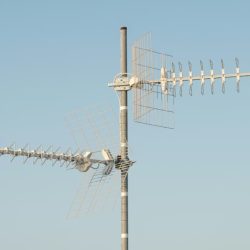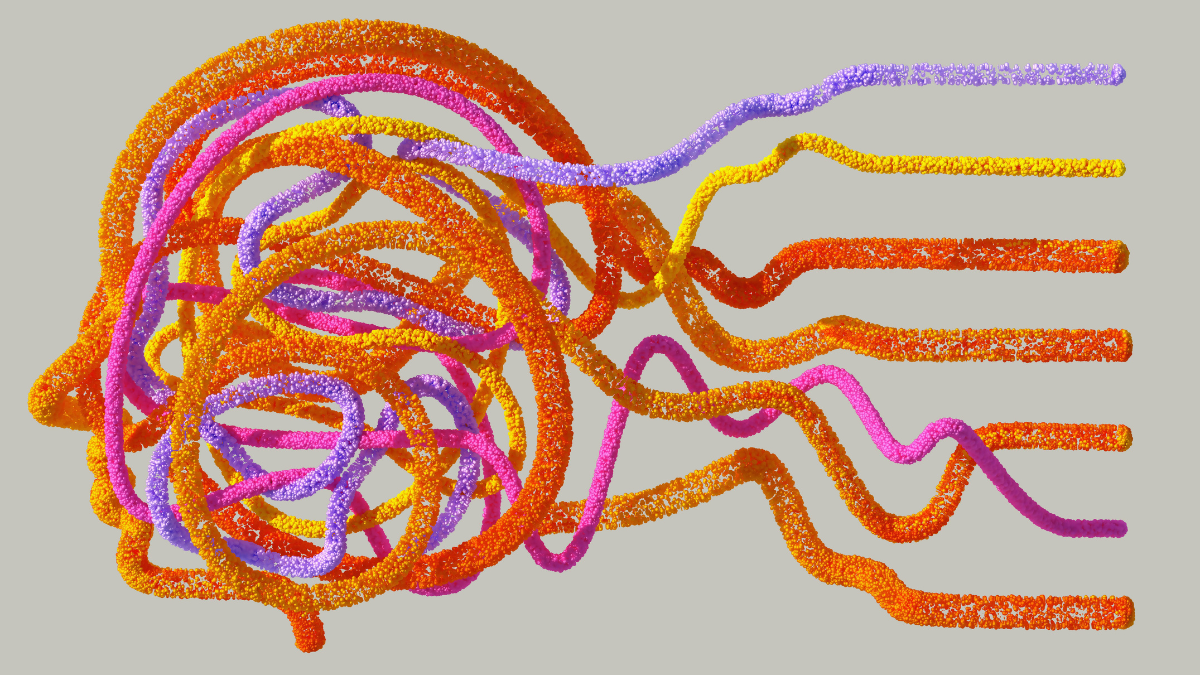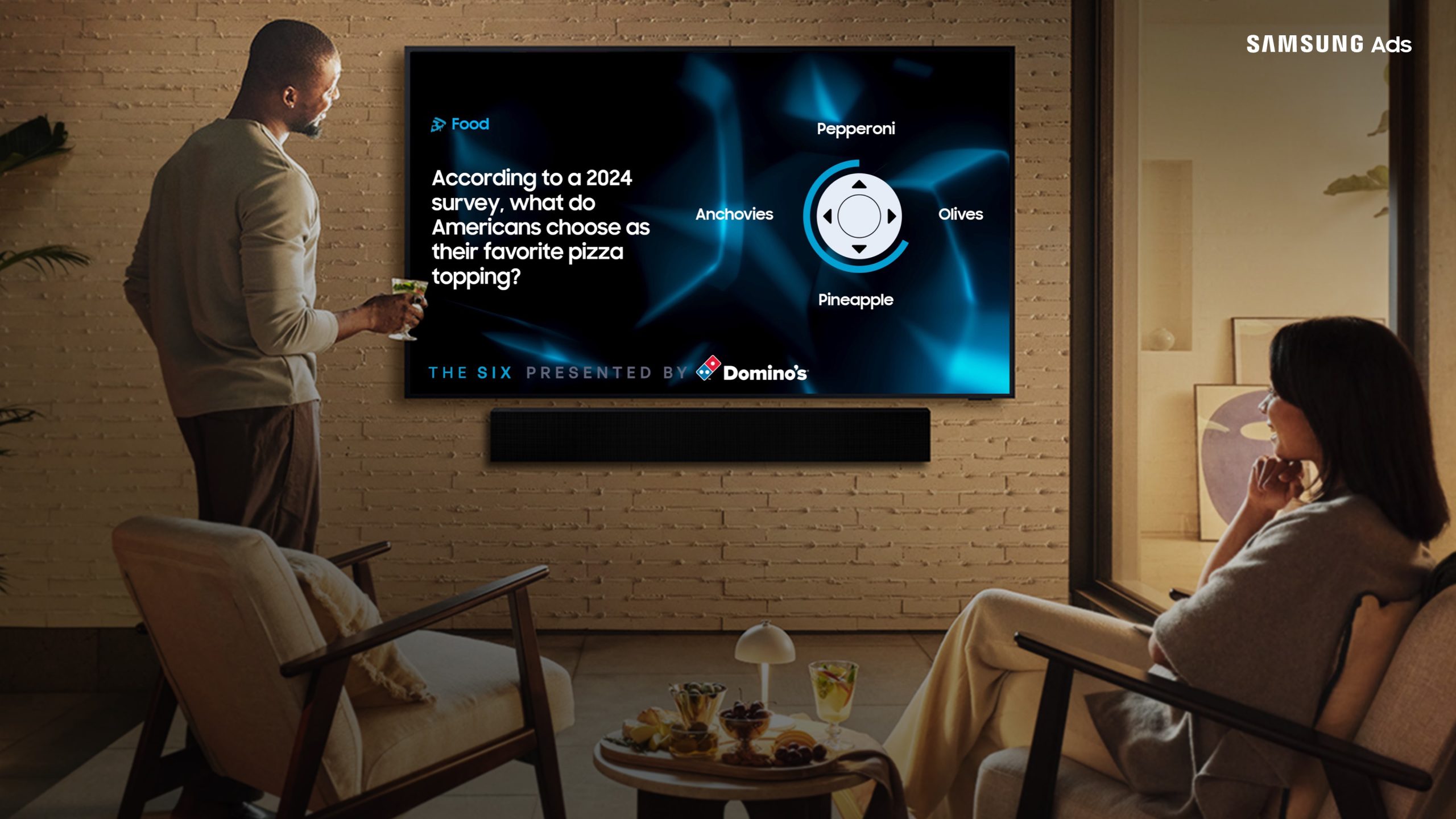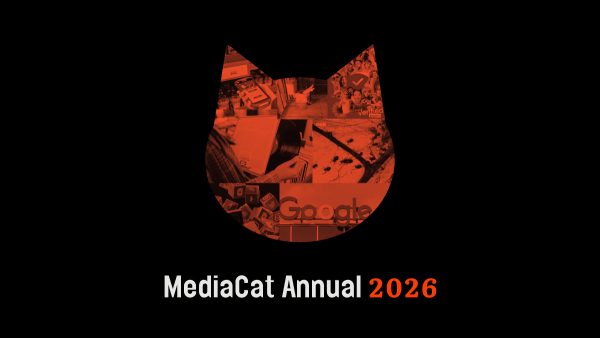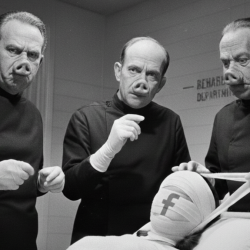Measuring brainwaves is believed to be the gold standard of ad testing, but not all the readings given by electroencephalography (EEG) are created equal.
A study published in the Journal of Advertising in December reports that one metric obtained by measuring brain activity is far better at predicting how people will respond to ads than the rest.
Intersubject correlation (ISC), or the degree to which an ad provokes a similar response among numerous people, was found to perform consistently better than any other EEG metric during the experiment, in which 116 participants with electrodes stuck to their heads watched a reel of 13 TV commercials.
ISC, which is believed to measure engagement, was the most reliable indicator out of the six tested in the study, regardless of the sample size of participants involved.
It was also the only metric that the researchers said could be used to reliably differentiate people’s responses to different versions of the same ad, and it was the most effective metric for measuring how people respond to different parts of the same commercial.
EEGs measure electric signals produced by the brain by placing sensors on people’s scalps and then recording the changes in the frequency and amplitude of those signals.
After ISC, the experiment showed that the next most reliable signals were those within the alpha frequency band, which is linked to attention and arousal in subjects. The beta frequency band, which is associated with rewards and liking, was next, followed by theta (memory/disliking), gamma (understanding) and then alpha-asymmetry (pleasantness).
The researchers set out to examine the reliability of the EEG metrics after noting that there was little research into their quality. EEGs have become increasingly prevalent in ad testing over the past two decades, as brands and agencies seek a window into people’s minds at each second of a commercial, so they can edit it to achieve maximum impact.
However, the researchers write that EEG can only help optimise commercials if the measures are reliable. For this reason, they sought to uncover how reliable common EEG metrics are and how they are affected by things like sample size and repeat viewings.
Only ISC was ranked as ‘excellent’ for reliability by the researchers, while the alpha and beta frequency bands were rated as ‘good’, and alpha-asymmetry described as ‘poor’.
But the researchers found that they could improve the reliability of all six metrics by either increasing the number of people in the sample or getting participants to watch the ads multiple times. According to the study’s authors, repeated viewings can be ‘highly beneficial’ and even boost reliability levels to such an extent that the sample size can be reduced. Three viewings are optimal, they said; any more can result in disengagement or boredom.
Featured image: Google Deepmind / Pexels


